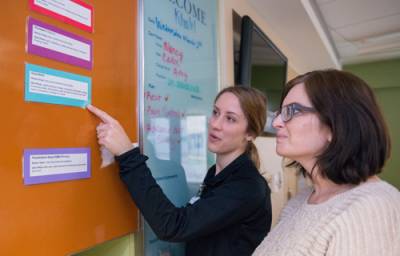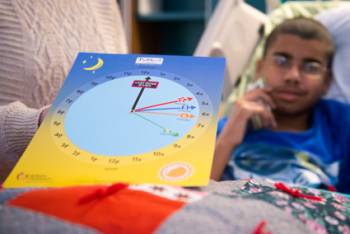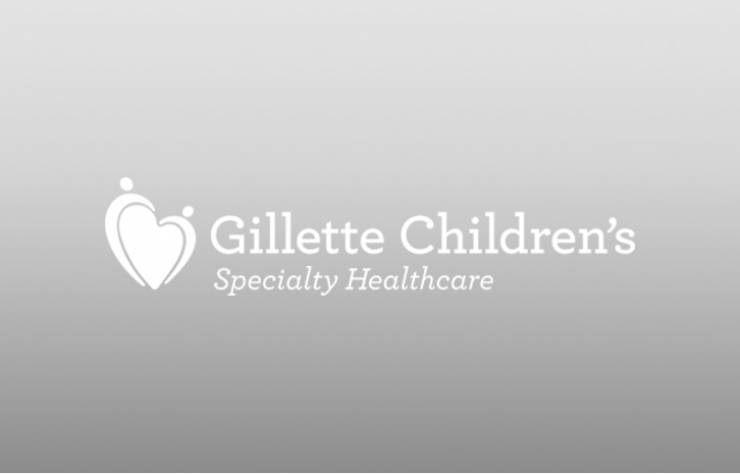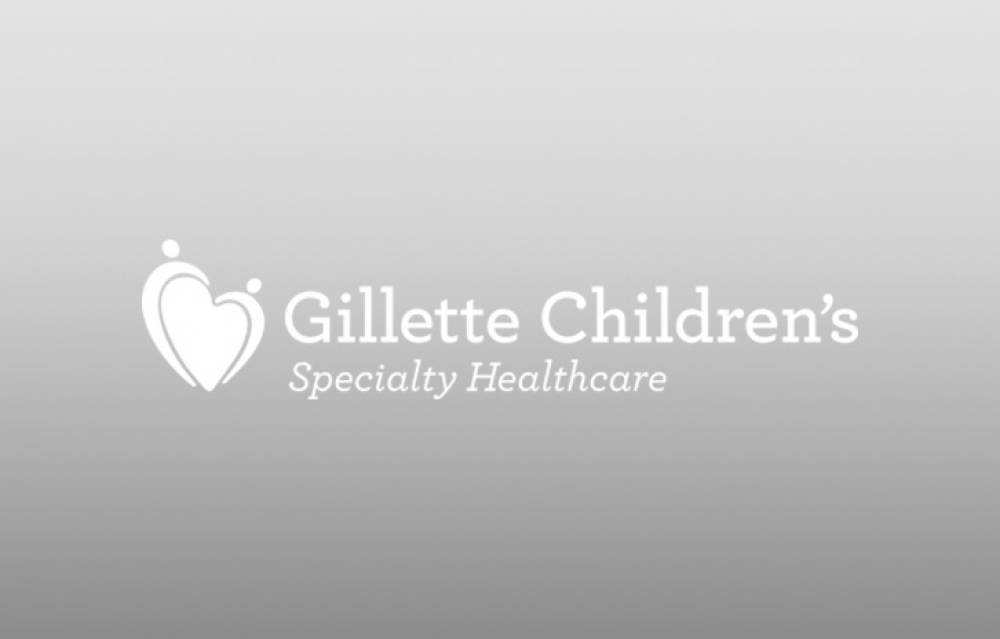-
{care_team_members status="Open|hide from care team page"}
-

{care_team_members:ct_first_name} {care_team_members:ct_last_name}
{care_team_members:ct_full_title}
{/care_team_members}
person:channel_short_name: {person:channel_short_name}
person:
title: {person:title}
-
{links}
{/links}
No category selected to display locations. Locations Dynamic
-
{locations}
- {locations:title} {/locations}
-
{widget}
{widget:widget_content}
- {widget:widget_content:tab_title} {/widget:widget_content} {/widget}
Nurses on Gillette’s Orthopedics/Surgical Unit recently piloted a new idea: Using magnetic signs to provide visual, family-friendly medicine education. The signs—which display a medication’s name, purpose and common side effects—also prompt nurses to begin a dialog with families. When nurses teach a family about a particular medication, they  put that medication’s sign on a whiteboard in the patient’s room.
put that medication’s sign on a whiteboard in the patient’s room.
A Visible Reminder and Conversation-Starter
The medication magnets are a visual cue to inform patients and families as well as prompt discussion between caregivers and staff. “It’s all about beginning a dialogue,” says nurse Gail Busch. “If we expect our parents to be involved with administering their child’s medications at home, then it’s our responsibility to educate them. Sometimes the best ideas are the simplest, and the medication magnets are just one example of our efforts to proactively engage with patients and families.”
Well-Received by Families
Medication magnets are a hit with families as well. In a team survey, more than 89 percent of families said the signs helped them better understand potential side effects of their child’s medications. Comments have included “Loved them,” “Very helpful,” and “It really helped us stay on top of what our son was receiving and understand what was going on.”
Following successful implementation on the Orthopedics/ Surgical Unit, nurses introduced the concept on the hospital’s other inpatient units. They also created Spanish language versions of the magnets.
Surgical Unit, nurses introduced the concept on the hospital’s other inpatient units. They also created Spanish language versions of the magnets.
Toolkit Supports Families after Discharge
The TyMed© Toolkit, another nurse-led initiative, complements the medication magnets by helping families properly administer medication to their child upon returning home after an operation. Originally developed at Gillette, the toolkit includes worksheets to document medication type, dosage and time administered. Caregivers can also track their child’s pain and activity levels.
A 2015 patient satisfaction survey found an overwhelming majority of families felt the TyMed© Toolkit contributed to their child’s safety and pain management. Going forward, nurses will continue researching the toolkit’s effectiveness in minimizing post-surgical pain and reducing medication side effects.



